Forge+Bond 30 AM Wheels
Internal Width: 30 mm
Sizes Available: 29’’
Material: Carbon Fiber (FusionFiber Thermoplastic)
Stated Weight:
- 30 AM Rims: 480 g front / 530 g rear
- 30 AM Wheelset: 1,832 g
MSRP: Wheelsets from $1,899 to $2,199
Blister’s Measured Weights:
- 30 AM Hydra 6-Bolt Front: 836 g
- 30 AM Hydra 6-Bolt Microspline Rear: 1,022 g
- Total for Wheelset: 1,858 g
Bolted To: Guerrilla Gravity Trail Pistol, BTR Ranger, Norco Optic
Reviewer: 6’, 170 lb / 183 cm, 77.1 kg
Test Location: Washington
Test Duration: 7 months
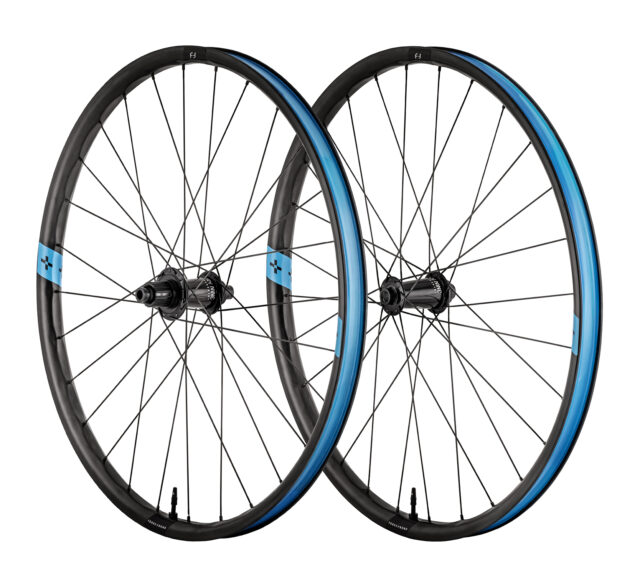
Intro
The Forge+Bond 30 EM wheels that I reviewed last year still stand out as one of the most compliant, smooth-riding carbon wheels I’ve been on to date. However, the 28-spoke variant that I tested has been phased out in favor of the 30 AM wheels reviewed here — which Forge+Bond says are even more compliant (and a bit lighter) than the 30 EMs. So I was curious to see how the 30 AMs would stack up. After half a year with them, it’s time to dive in:
[For more on the design and options for the 30 AM wheels, check out our First Look.]
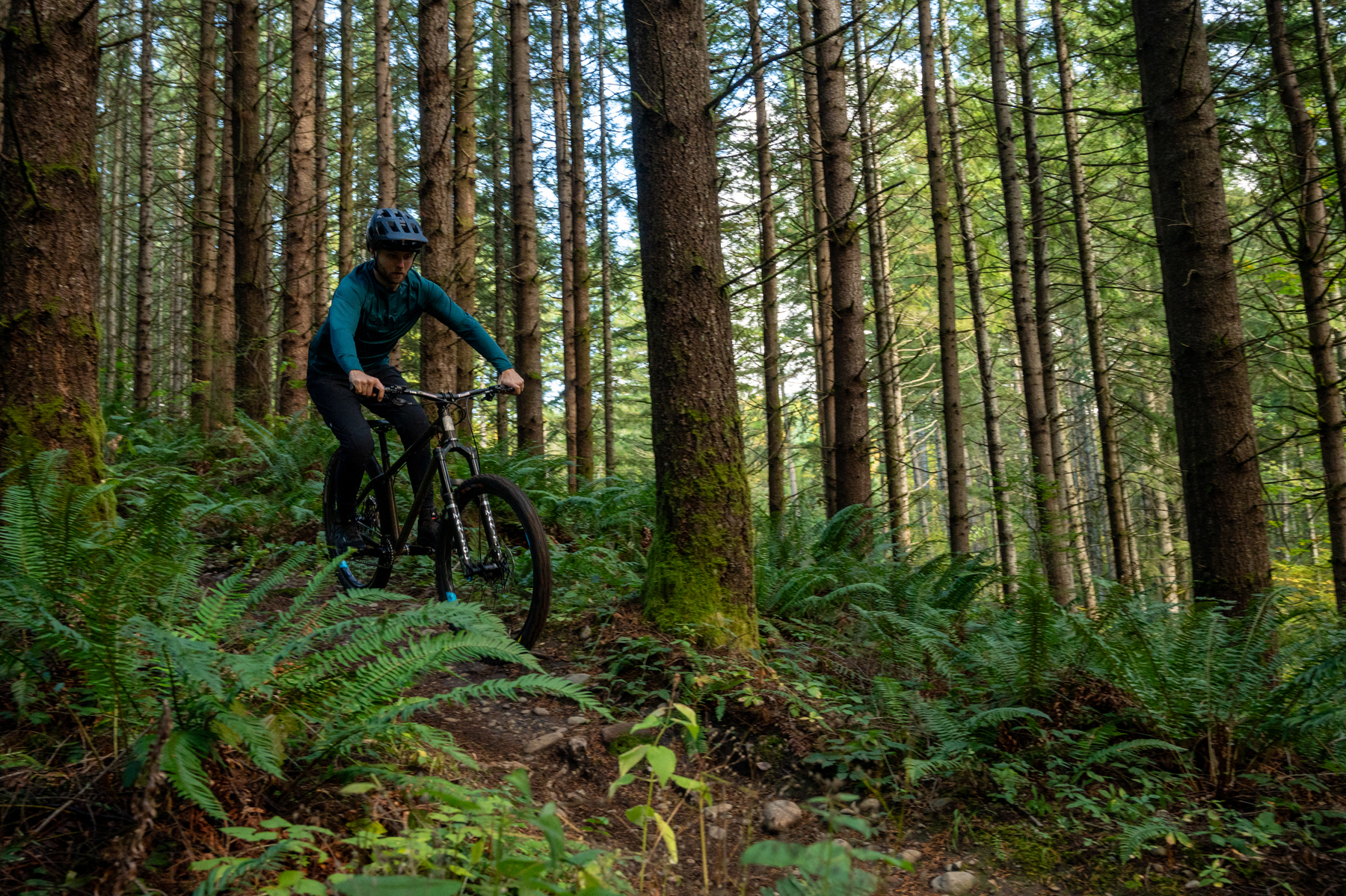
Mounting + Installation
Mounting up the 30 AMs was straightforward, with a few different tires mounting and seating without incident. Rim manufacturers have gotten profiles for tubeless tires pretty well dialed at this point and ease (or lack thereof) in mounting tires honestly isn’t too much of a point of differentiation between most rims these days. The 30 AMs are no exception.
Ride Quality, Stiffness, & Wheel + Bike Pairings
Unsurprisingly, the 30 AM wheels have a whole lot in common with the 30 EM when it comes to ride feel. After all, the two get essentially the same rear wheel, just laced with different spokes, and a slightly pared-down, lighter variant of a similar front rim design. The 30 AM front wheel does feel a notch softer flexing than the 30 EM one but it’s not a massive difference, and their overall character is generally similar.
We’d expect the current 30 EM wheels (which feature a 32-spoke rear wheel with your choice of a 28- or 32-spoke front) to be a little stiffer than the 28-spoke variant of the 30 EM that we tested, simply due to the increased spoke count, but haven’t yet been on them to confirm.
[We just got a set of Shift-Series 30 EMs in for review, in their newly added mixed-wheel configuration, so stay tuned for more on those in a bit.]
The biggest thing that stands out about the 30 AM wheels (as with the 30 EM) is how damped and muted they feel over small chatter. Mostly, the sharpness you get as the wheel first makes contact with a square-edged bump is tamped down a bit. The less abrupt the impact, the less apparent the difference is between the 30 AM and their various competitors (e.g., the Reserve 30|SL), but on really sharp, high-frequency chatter it is noticeable.
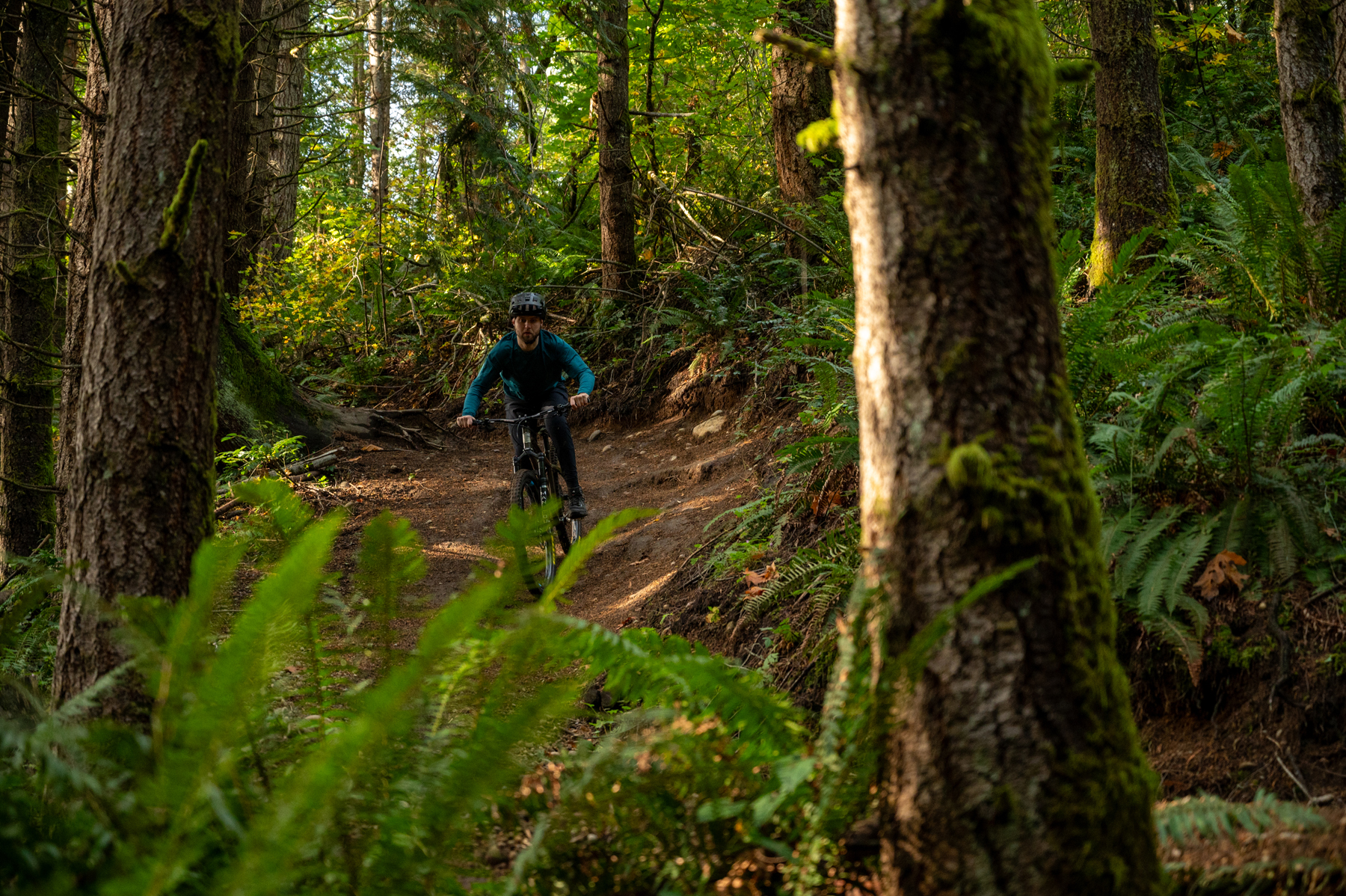
My hunch is that the 30 AM wheels are diminishing the impulse at the very beginning of experiencing a bump before the bike’s suspension can really start moving (accelerating all that unsprung mass doesn’t happen instantaneously). The total displacement of the rim is, of course, tiny compared to the travel of even a short-travel full-suspension bike, and the 30 AM doesn’t make bumps disappear by any stretch. But compared to many stiffer wheels — both carbon fiber and aluminum — they do take a little bit of an edge off really sharp impacts in particular.
The 30 AM wheels also feel relatively damped in how they rebound from being flexed. A lot of carbon wheels feel especially springy and energetic in how they rebound when compared to aluminum ones (to varying degrees depending on the exact wheels in question); the 30 AM, though, feels fairly muted and calm in that regard.
The tradeoff there, compared to alternatives like the Reserve 30|SL or, to a greater extent, the Reynolds Blacklabel 329 Trail Pro, is that the 30 AM wheels also feel slightly more vague in how they track, and provide a little less feedback to the rider regarding what the wheels are doing and where they’re pointing. As with the differences in compliance and damping compared to many of their competitors, the 30 AM isn’t wildly different on that front, but there is a difference.
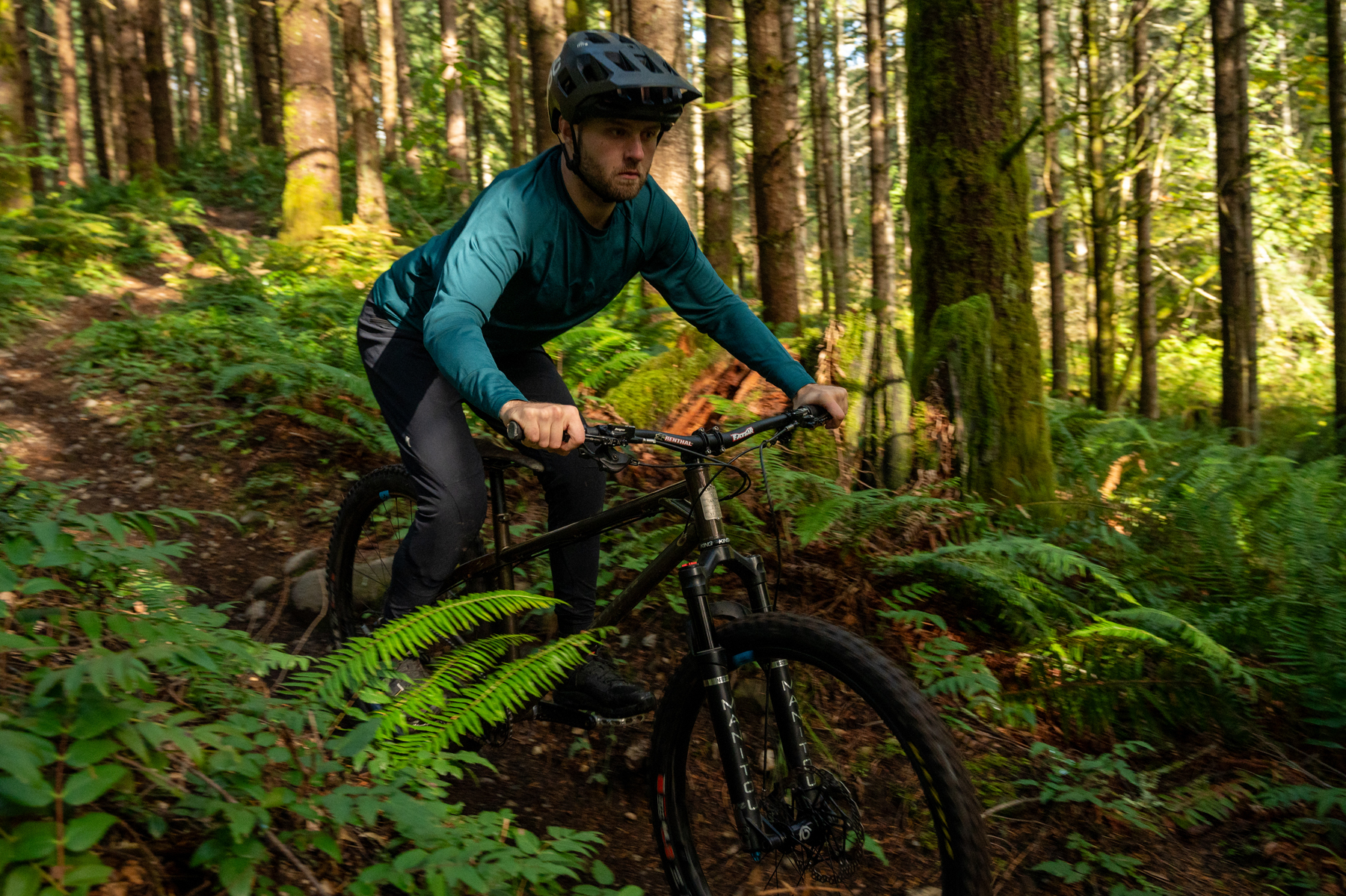
I’ve talked about this same idea a few times recently, but I’m increasingly seeing wheels and frames as complementary parts of the total system, with the overall feel of a frame playing a big role in determining the wheels that pair best with it. On stiffer frames that transmit more feedback to the rider, I’m more inclined to opt for a softer, more muted-feeling wheel, and vice versa. On the stiff-ish Norco Optic, in particular, that makes the 30 AM a really nice pairing; on the less stiff, more damped-feeling Guerrilla Gravity Trail Pistol, the 30 AM feels alright, but I’d ideally prefer something a little stiffer.
Weight
At 1,858 grams for the pair (including rim tape and valves), our pair of 30 AM wheels is just a touch over Forge+Bond’s stated weight of 1,832 g, but well within a reasonable tolerance. Curiously, though, that’s only six grams lighter than the pair of 30 EM wheels that we reviewed last year (which were the 28-hole variant that Forge+Bond no longer offers).
Forge+Bond says that our 30 AM wheels are a touch on the heavier side of average, but within the normal range; our 30 EM wheelset was a good bit lighter than normal. Between the now-standard 32-spoke rear wheel for the 30 EM, the lighter CX-Ray spokes used on the 30 AM, and the lighter 30 AM front rim, the weight difference should be more like ~80 grams for the pair on production sets going forward.
(Our measured weight for the 30 EM was also with an XD driver, which is a few grams lighter than the Microspline one on our 30 AM wheelset.)
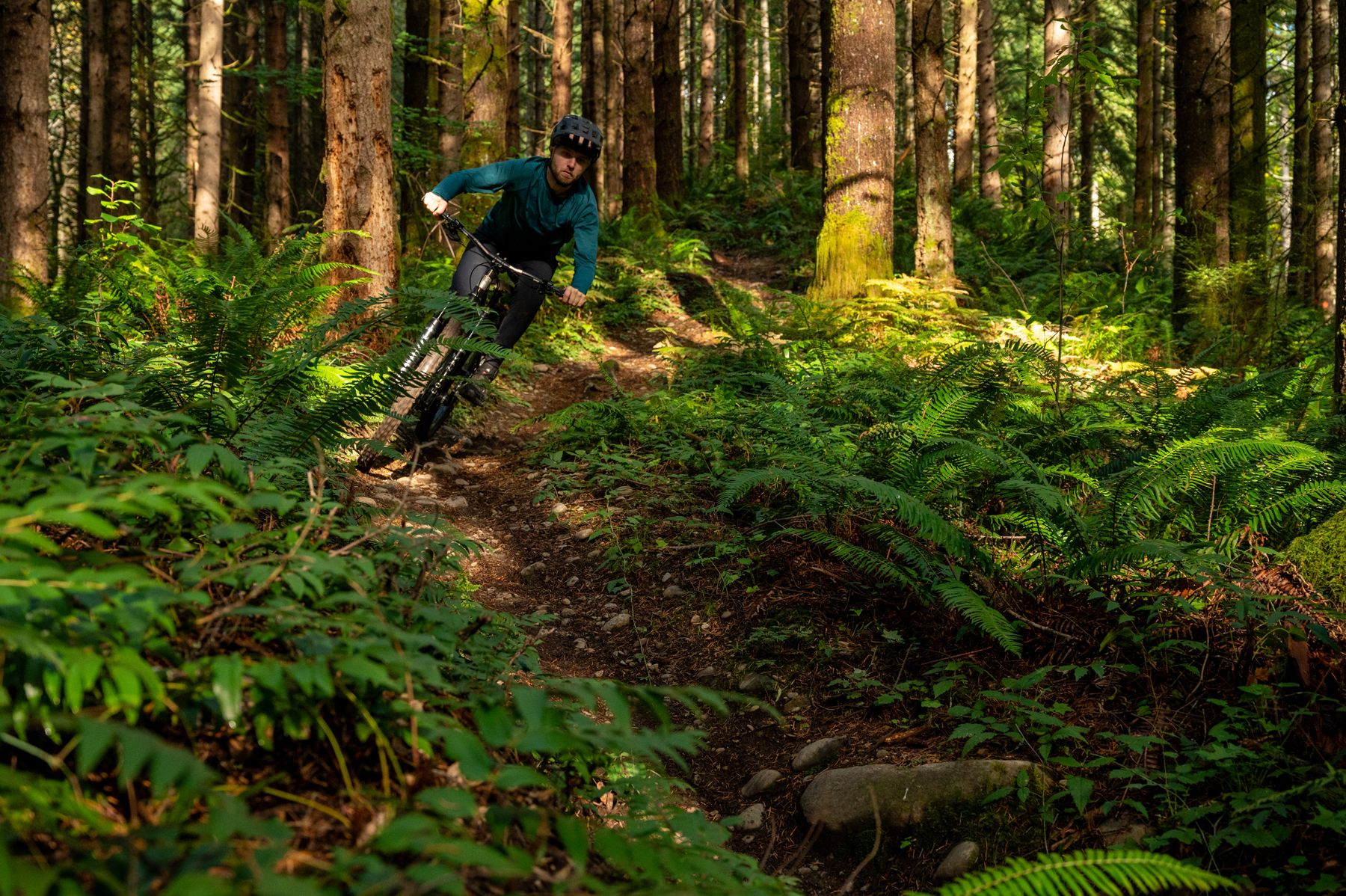
The 30 AM isn’t especially light for an all-rounder Trail wheelset, though it’s worth bearing in mind that it shares the rear rim with the heavier-duty 30 EM, and uses brass nipples — a move that adds a little weight over more typical aluminum nipples, but should be much better for long-term durability. Pairing aluminum nipples with carbon rims can result in the nipples failing due to galvanic corrosion — especially if you get a little water or, worse, tire sealant inside the rim cavity.
But for a wheelset that prioritizes durability and ride feel over chasing numbers on a scale, the 30 AM’s weight is pretty reasonable.
Durability & Maintenance
The 30 AM wheels have held up nicely, with one exception: I cracked the rear axle of the Industry Nine Hydra hub after about four months of use, mostly on my hardtail. Now, we’ve spent a ton of time on numerous (different) pairs of Hydras over the years and haven’t had too many issues, but this is the second rear axle I’ve personally broken, and I’ve encountered a few more on friends’ bikes. Replacing the axle is easy, and the second one has held up so far, but I’d probably take DT 240 hubs over the Hydras if I were buying a pair of 30 AM wheels right now.
(Or potentially Forge+Bond’s much more affordable Shift hubs — we just got a set in for review, so we’ll have much more on how they hold up later in the year.)
The 30 AM rims themselves, though, have done great. They’re still true, round, and evenly tensioned, and I haven’t needed to pick up a spoke wrench in my time on them. I’ll post an update if I have any noteworthy issues down the line, but all indications are that the 30 AMs are pretty stout.
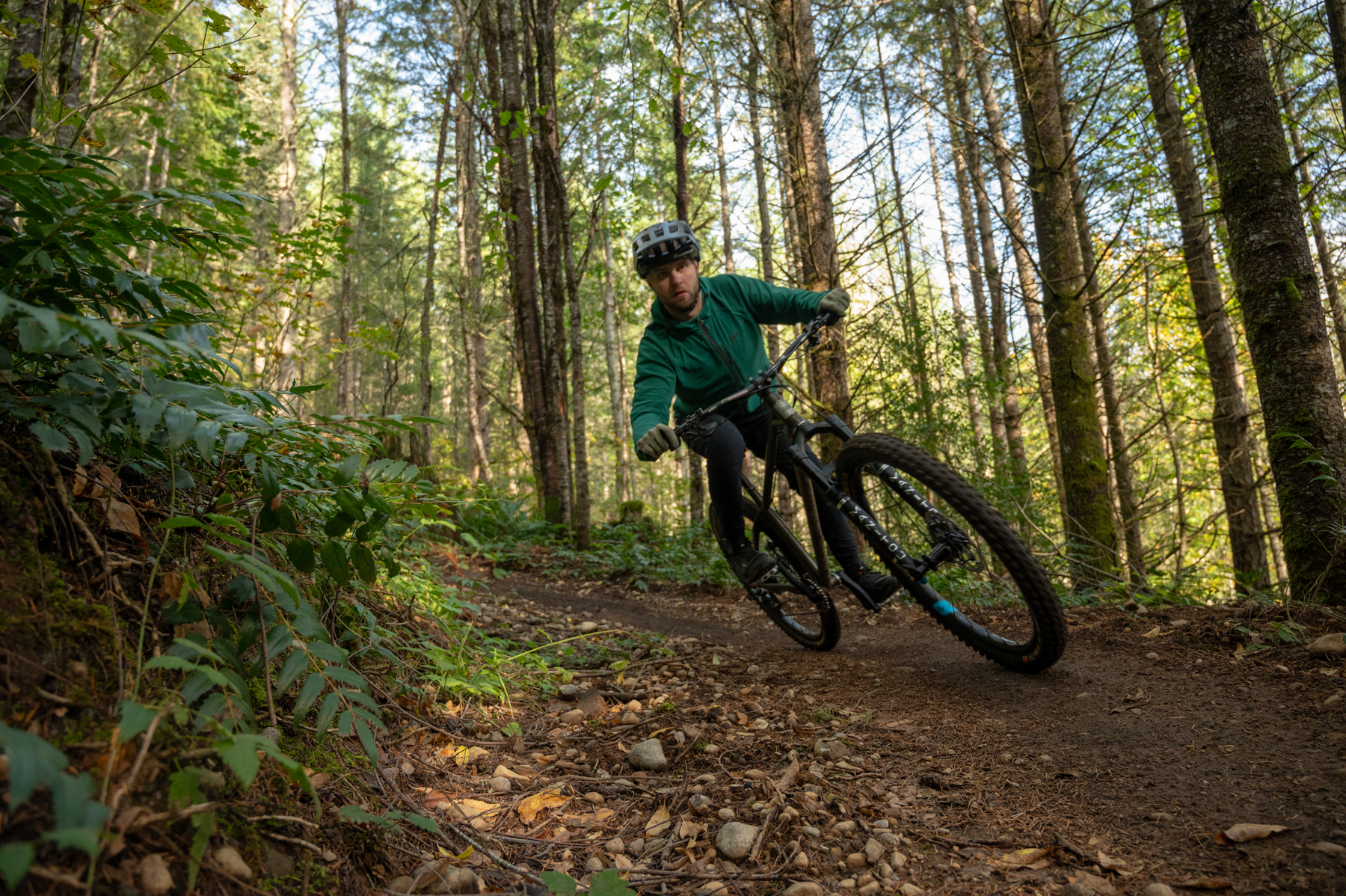
Bottom Line
Carbon wheels have been getting a lot less punishingly stiff in recent years, and most of the recent designs are a lot smoother riding than models from a few years back, but the Forge+Bond 30 AMs are still notably compliant feeling even by modern standards.
That smooth ride comes at the expense of a little bit of steering / tracking precision compared to stiffer options but is going to be welcome for the right folks on the right bikes. If you’re in the market for an especially smooth, compliant-feeling all-rounder Trail bike wheelset, they’re one of the best options we’ve been on.

Thank you F&B for brass nipples!
Just taking another carbon wheel to be rebuilt, even though the spokes are fine, just because every nipple is corroded halfway through